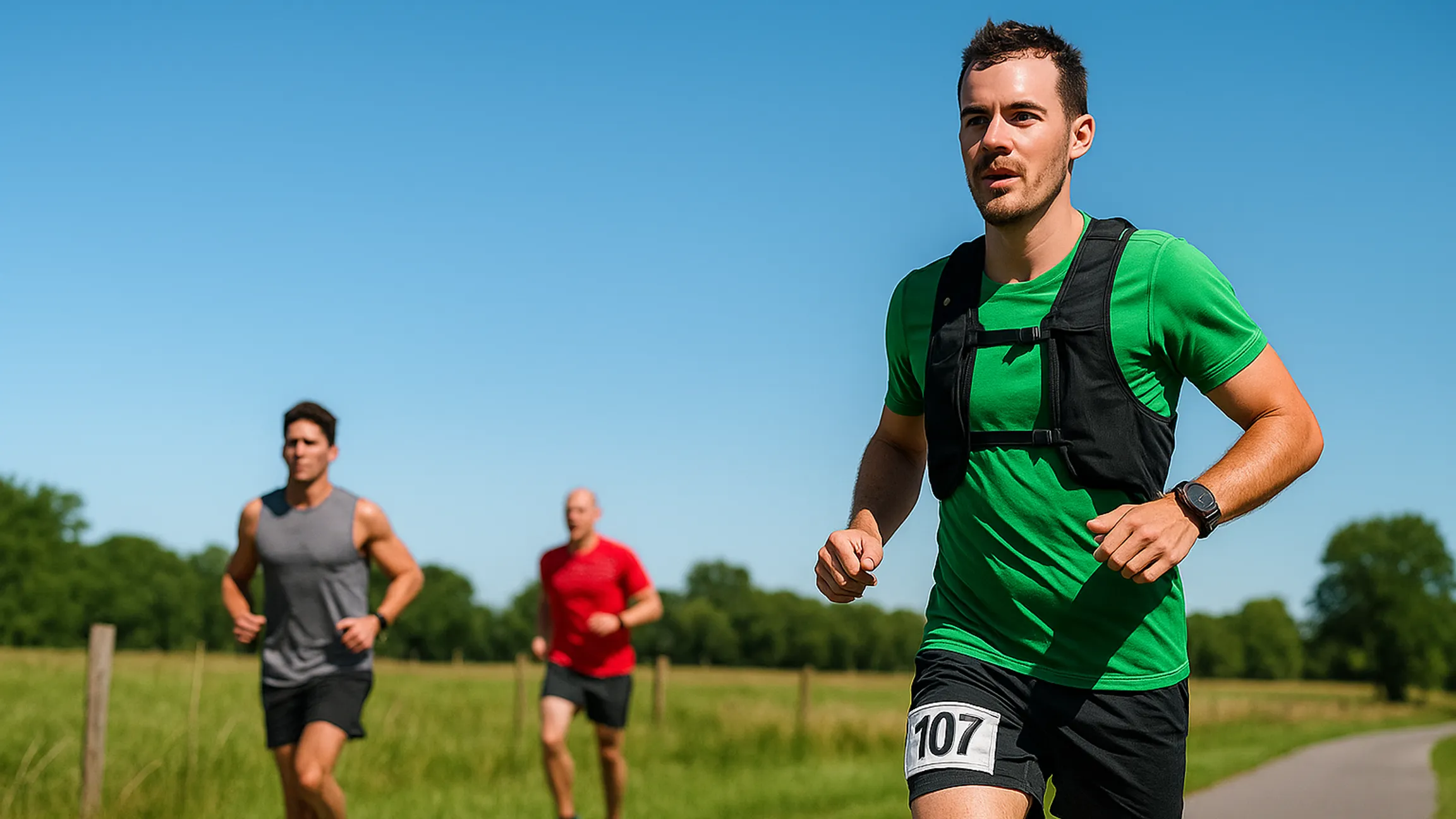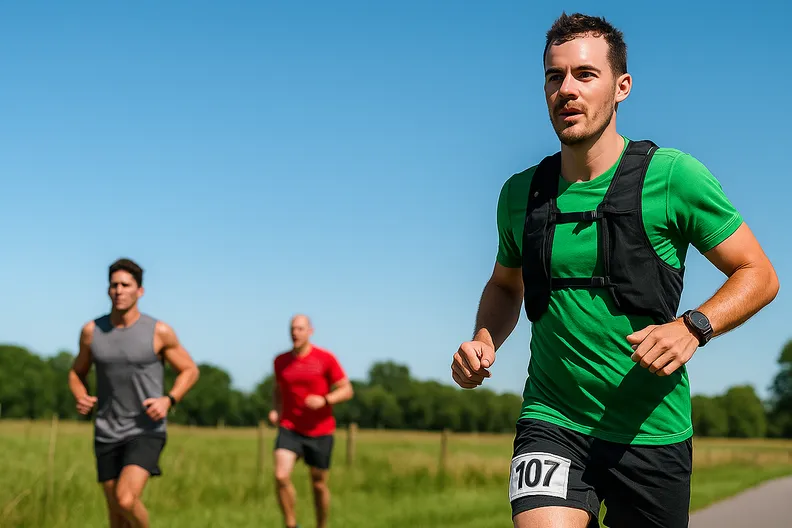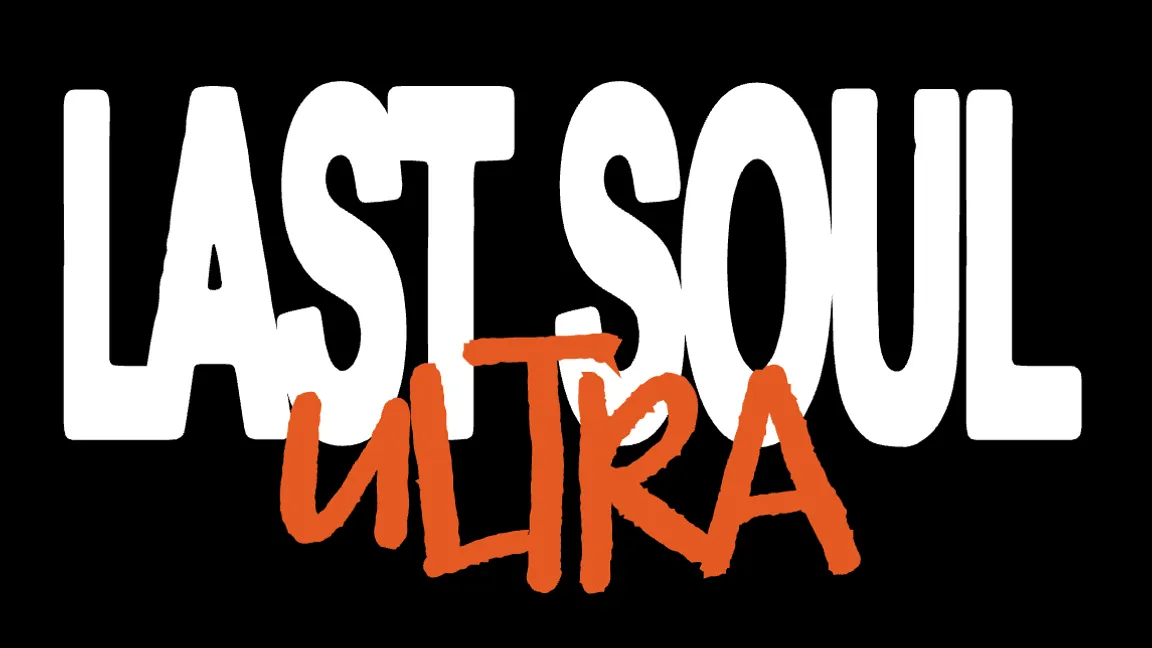The Backyard Ultra is no ordinary run. Not a classic marathon, not an ultra run with a fixed distance - but an endless mental and physical competition where there is only one rule: Run a lap every hour until there are no more left.
What sounds simple quickly turns out to be one of the toughest formats in running.
What is a Backyard Ultra?
In the Backyard Ultra, all participants run a lap of 6.706 kilometers (the equivalent of exactly 4.167 miles) - every hour anew.
Those who complete the lap in less than 60 minutes are allowed to rest, eat or sleep briefly during the remaining time. The starting shot for the next lap is fired on the hour.
The race continues until only one person starts another lap and completes it within the hour.
All others are eliminated beforehand - regardless of how many kilometers they have already completed.
Why 6,706 kilometers?
The distance is no coincidence: after 24 hours, it is almost exactly 100 miles (160.9 km).
This means that if you run 24 laps, you already have a classic 100-mile ultramarathon in your legs - but with the Backyard Ultra, this is usually just the beginning.
Many runners manage 40, 50 or even over 100 laps - in other words, more than 700 kilometers in several days.
Rules and procedure
The rules are as simple as they are merciless:
Each lap must be completed in full and within one hour.
Too late at the start? Out immediately.
You may only leave the course after completing a lap.
If you don't finish a lap on time or don't show up at the start, you are eliminated.
There is no finish time, no fixed distance and no ranking list - just one winner who runs one more lap than everyone else.
And that's exactly what makes the Backyard Ultra so special: you never know how far you'll end up running.
Pure mental challenge
The Backyard Ultra is undoubtedly physically demanding - but the real challenge lies in the mind.
After every lap, you are back at the start and have to make a conscious decision to keep going.
Most runners don't give up because they are too slow - but because mental exhaustion becomes stronger than willpower.
The inventor of the format, Gary Cantrell (also known as "Lazarus Lake", the founder of the Barkley Marathons), describes it like this:
The Backyard Ultra is not a race against others, but against your own limits.
Tactics and pace: what's the best way to run?
Running fast doesn't help here - on the contrary.
The best athletes usually run their laps in 6:15 to 6:45 minutes per kilometer.
This leaves enough time for a 15 to 20-minute break to eat, stretch or simply rest briefly.
A pace that is too fast leads to exhaustion, a pace that is too slow prevents recovery - the right balance is crucial.
Another key factor is the "pit stop" between laps:
Eating, drinking, changing clothes, sleeping - everything must be perfectly timed, because every minute counts.
Equipment for the Backyard Ultra
The right equipment can make the difference between winning and losing.
Here's an overview of what you typically need:
Comfortable, interchangeable running shoes (many runners use several pairs)
Running clothes for changing temperatures - the race can last day and night
Headlamp for night runs
Tent or pavilion as a retreat between laps
Food and drink for energy and recovery
Watch or timer, to always keep an eye on when the next start is coming up
Many participants also rely on supporters or friends to help with the organization between laps - but this is only permitted outside the course.
How do you train for a Backyard Ultra?
There is no "magic formula" for training.
Many runners practice with shorter intervals per hour to get used to the rhythm.
It is important to train both endurance and mental strength:
Long runs with regular breaks simulate the format.
Sleep deprivation training helps to keep up the nightly laps.
Mental training (e.g. visualization, meditation) can help. Visualization, meditation) can help you stay calm during difficult phases.
In the end, it's not so much your running pace that counts - but your stamina.
Famous races and records
The original Backyard Ultra - Big's Backyard Ultra - takes place every year on Gary Cantrell's private property in Bell Buckle, Tennessee (USA).
From there, the format has spread worldwide: There are now hundreds of events on every continent, often with qualifiers for the Backyard Ultra World Team Championships.
Some records from recent years:
Phil Gore (Australia) - 119 laps (797.9 km) at the 2025 Dead Cow Gully
Merijn Geerts (Belgium) - 90 laps (603.5 km) at the 2022 Backyard Masters
Meg Eckert (USA) - 87 laps (583.4 km, women's record 2024)
Courtney Dauwalter (USA) - 68 laps (456 km) at the Big's Backyard Ultra 2020
Why you should try a Backyard Ultra
Although the format sounds extreme, the Backyard Ultra is open to all levels of runners.
Since the pace is low and each lap starts anew, even beginners can gain their first experience and simply run as long as they like.
For many, the Backyard Ultra is less of a competition - but rather a mental adventure against themselves.
So if you've always wanted to know how far you can really go,
then the Backyard Ultra might be just your race.




